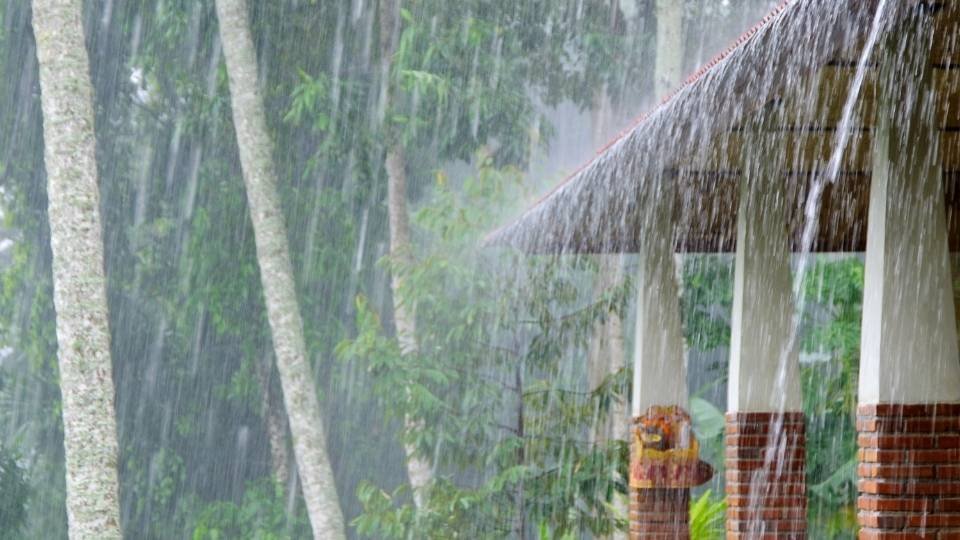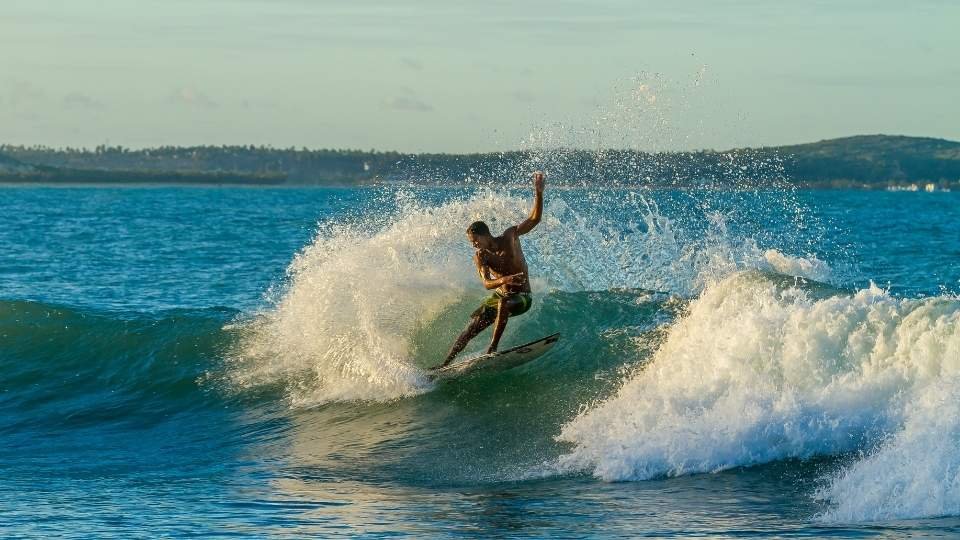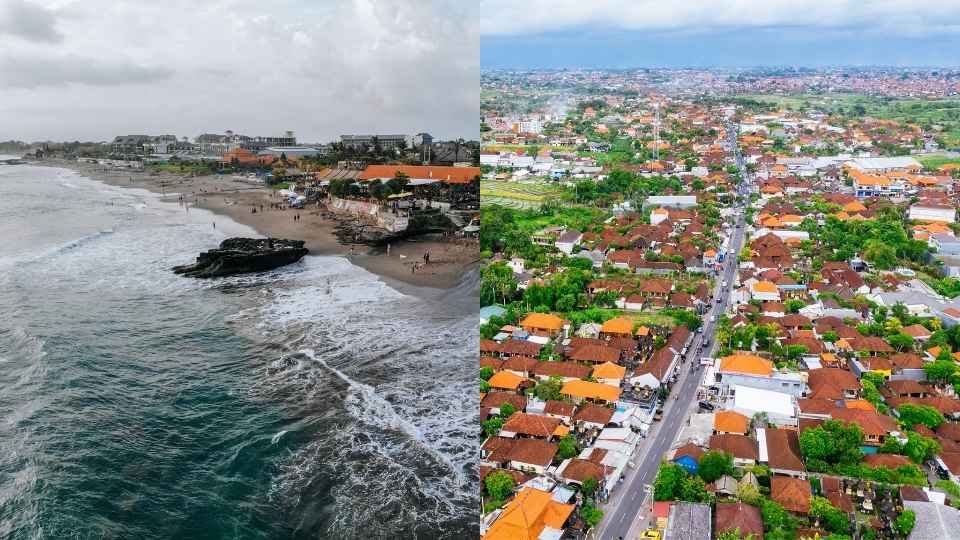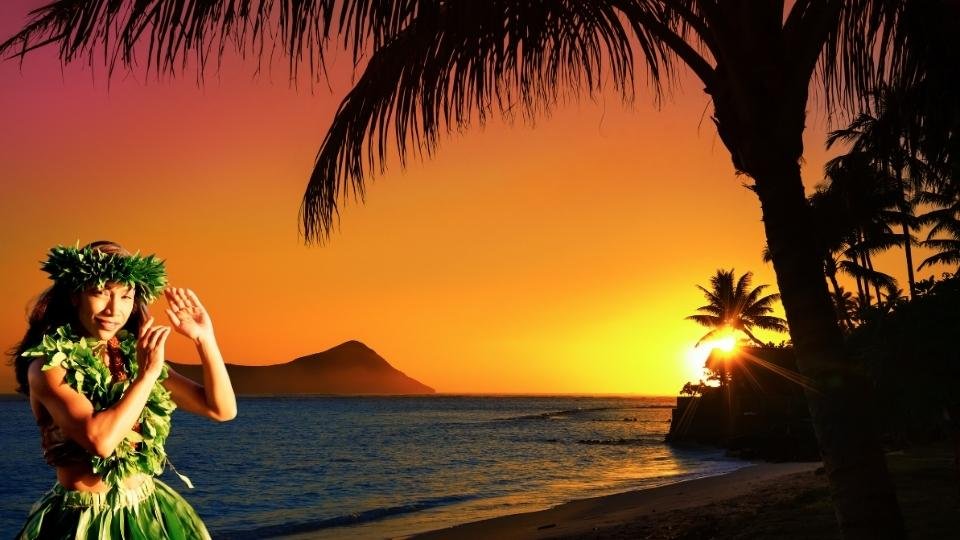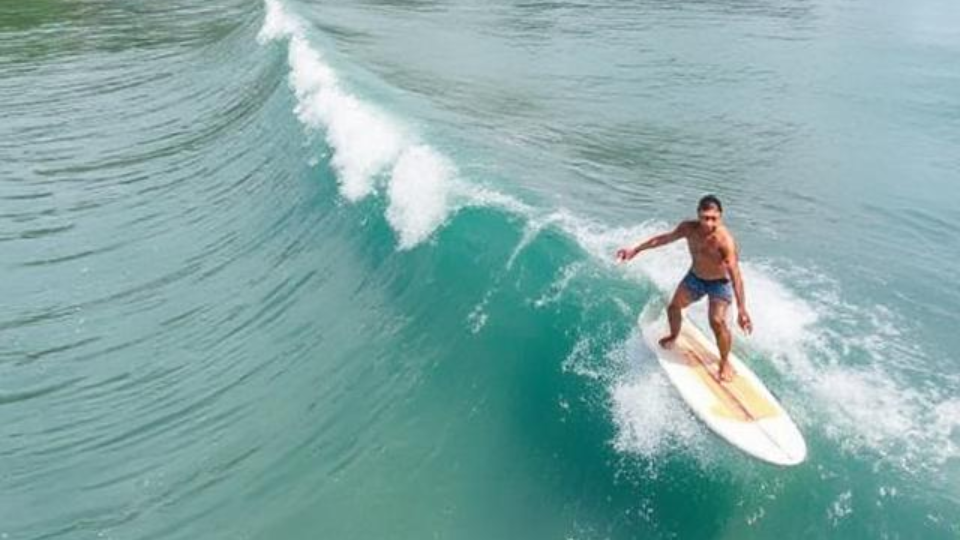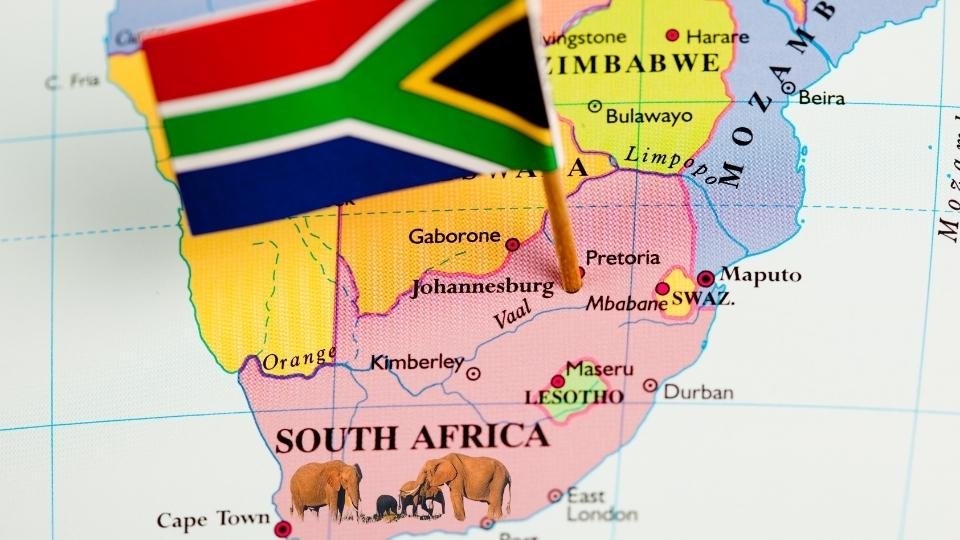
Best waves to surf in South Africa. South Africa is a dream destination for surfers. With its vast coastline, powerful swell, and wave-rich beaches stretching across both the Atlantic and Indian Oceans, it’s no wonder that surfers from around the globe flock here each year. Whether you’re chasing legendary right-hand point breaks or mellow beach waves perfect for beginners, the best waves to surf in South Africa deliver unforgettable experiences.
1. Jeffreys Bay (J-Bay) – South Africa’s Surfing Jewel
Jeffreys Bay is one of the most famous surf spots in the world. Located in the Eastern Cape, this right-hand point break offers long, fast, and flawless waves. Surfers can ride through multiple sections like Boneyards, Supertubes, and The Point—some stretching up to 300 meters.
- Best time to surf: June to August
- Skill level: Intermediate to advanced
- Highlights: Long rides, barrel sections, and consistent swell
If you’re planning a surf trip to South Africa, J-Bay is an absolute must. It’s also home to the World Surf League (WSL) competition, drawing the globe’s best surfers every winter.
2. Muizenberg – Perfect for Beginners
On the other end of the spectrum, Muizenberg Beach near Cape Town is ideal for beginner surfers. This beach break features soft, rolling waves that are consistent and easy to ride, making it one of the best surf beaches in South Africa for beginners.
- Best time to surf: Year-round, especially summer
- Skill level: Beginner to intermediate
- Highlights: Friendly surf schools, longboarding, warm summer vibes
Whether you’re learning to stand up or looking for relaxed rides, Muizenberg is the best place to start your South African surf journey.
3. Dungeons – Big Wave Surfing in Cape Town
If you’re an adrenaline junkie, Dungeons in Hout Bay is your spot. Known for big wave surfing in South Africa, Dungeons can produce monstrous waves over 20 feet, breaking over deep reefs.
- Best time to surf: May to September
- Skill level: Expert only
- Highlights: Massive waves, tow-in surfing, dramatic scenery
Dungeons is not for the faint-hearted, but it’s one of the best places in the world to witness extreme surfing.
4. Victoria Bay – Garden Route Gem
Tucked away near George on the Garden Route, Victoria Bay is a charming cove with a reliable right-hand point break. It’s a scenic, lesser-known surf spot perfect for intermediate surfers.
- Best time to surf: Winter months (June–August)
- Skill level: Intermediate
- Highlights: Less crowded, consistent sets, beautiful setting
The small-town atmosphere adds to the appeal, making Victoria Bay a great detour on your surf road trip through South Africa.
5. Elands Bay – A Left-Hand Point Break Dream
Elands Bay, located on South Africa’s remote West Coast, is famous for its long, peeling left-hand waves. Often compared to world-class waves like Malibu or Raglan, it’s a paradise for goofy-foot surfers.
- Best time to surf: April to September
- Skill level: Intermediate to advanced
- Highlights: Long left-hand rides, wild nature, quiet beaches
E-Bay is rugged, peaceful, and surrounded by natural beauty—ideal for surfers who love off-the-grid adventures.
6. Durban’s Golden Mile – Urban Surfing at Its Best
Durban offers year-round surf and warm water thanks to the Indian Ocean. The Golden Mile—featuring North Beach, New Pier, and Dairy Beach—has fast, punchy beach breaks that cater to all levels.
- Best time to surf: November to February (cyclone season)
- Skill level: Beginner to expert
- Highlights: Warm water, reliable surf, urban beach vibes
Durban is also a hotspot for local surf competitions and is considered one of the best surfing cities in South Africa.
7. Cape St. Francis – The Endless Summer Spot
Immortalized by the film The Endless Summer, Cape St. Francis offers long, mellow rides perfect for relaxed cruising. Though less consistent than J-Bay, it’s still an excellent point break when the conditions align.
- Best time to surf: Winter (May to August)
- Skill level: All levels
- Highlights: Classic surf history, mellow waves, peaceful setting
When the sandbars are right, Cape St. Francis can serve up some of the longest rides in the country.
8. Cave Rock – Durban’s Heavy Reef Break
Located in Bluff, Durban, Cave Rock is a serious wave that barrels hard over a shallow reef. It’s one of South Africa’s heaviest waves and is best tackled by experienced surfers.
- Best time to surf: June to September
- Skill level: Advanced to expert
- Highlights: Heavy barrels, expert-level wave, small local crowd
Not for the faint-hearted, Cave Rock rewards those with the skills and courage to charge it.
9. Nahoon Reef – East London’s Pride
Nahoon Reef, located in East London, is one of the most consistent right-hand point breaks in South Africa. Known for its hollow takeoffs and long walls, it’s a favorite among local surfers.
- Best time to surf: Year-round
- Skill level: Intermediate to advanced
- Highlights: Reliable waves, multiple sections, strong local surf scene
Nahoon has hosted many surf contests, showcasing its consistency and rideable waves across different conditions.
10. Misty Cliffs and Scarborough – Remote and Beautiful
For those seeking quiet surf spots in South Africa, Misty Cliffs and Scarborough offer breathtaking coastal views and uncrowded waves. These breaks are less predictable but reward those who catch them at their best.
- Best time to surf: Autumn and winter
- Skill level: Intermediate to advanced
- Highlights: Untouched nature, scenic drive, quiet waves
It’s the kind of place where the surf is only part of the adventure—ideal for nature lovers and surf explorers.
Final Thoughts
From beginner-friendly rollers to challenging reef breaks, the best waves to surf in South Africa cater to every level and surfing style. With two powerful oceans colliding along the coast, the variety is unbeatable. Whether you’re planning a surf road trip, looking to join a local surf tour, or just want to soak in South Africa’s surf culture, there’s no better place to wax your board and hit the waves.
If you’re serious about surfing and want uncrowded lineups, diverse breaks, and jaw-dropping scenery, South Africa belongs on your must-surf list.

